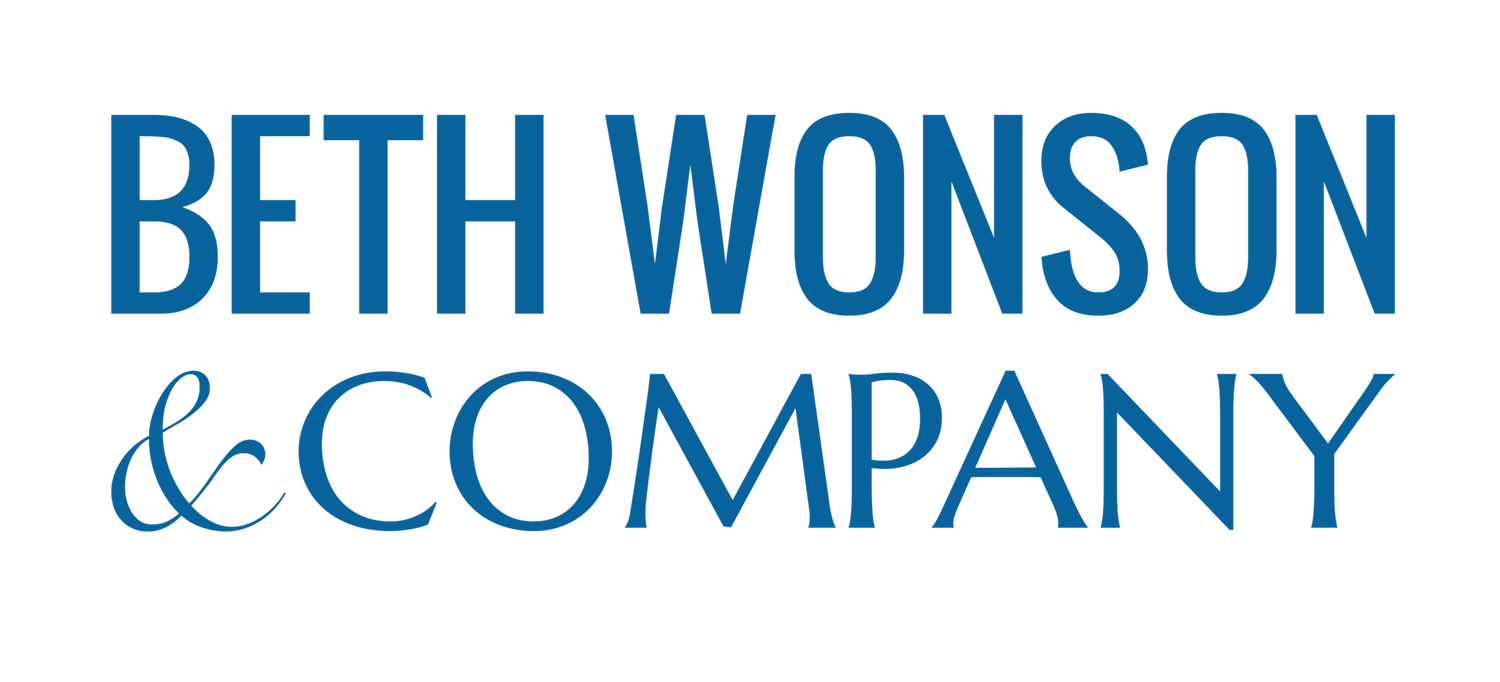How You Create a Coaching Culture
The world of work is changing. Employees are seeking workplaces where trust is high, there are opportunities to use their unique strengths, skills, and talents, and they feel supported but not micro-managed.
Coaching is the tool that will help you to foster this kind of culture in your workplace. But you must be courageous enough to start and vulnerable enough to understand that effective coaching is a skill not just a talent.
Workplaces that have a normalized culture of coaching are ones in which people proactively ask questions, share vulnerabilities, learn skills for proactive thinking, and experience trust in relationships. In a coaching culture, the tools of culture are present throughout the day-to-day operations.
There are two key barriers that prevent leaders from fostering a coaching culture:
Fear of losing control
Fear of not being seen as the expert
However, leaders and professionals who practice true and authentic coaching experience so many benefits in the workplace including:
Everyone takes responsibility for their actions.
People don’t get punished for mistakes unless they are repeated, reckless, or cause harm to people or the organization.
There is less secrecy about mistakes and missed opportunities.
People feel “safe” asking clarifying questions, even of authority figures.
Capability grows as individuals seek out more responsibility, challenges, and opportunities to stretch.
Decisions are driven down to the lowest possible level. Even junior staff are encouraged to use their own judgment.
Coaching becomes the default leadership style at all levels in the organization
Coaching replaces or improves ineffective and out-dated performance management systems.
Curiosity becomes a guiding principle of how the organization solves problems, conflict, innovates, and strategizes.
Peter Hawkins, the author of Creating a Coaching Culture, says: “a coaching culture exists in an organization when a coaching approach is a key aspect of how the leaders, managers, and staff engage and develop all their people and engage their stakeholders, in ways that create increased individual, team, and organizational performance and shared value for all stakeholders.”
Steps to Creating a Coaching Culture
Step 1: Make sure everyone learns an effective methodology for coaching.
So many people believe that coaching is something that they do naturally. What my work has revealed is that when people refer to coaching they are often talking about cheering their staff on or giving them advice. While these are valuable, they are not coaching.
Step 2: Anyone who is trained should model coaching as often as possible.
In the beginning, this takes a bit of courage. It can really feel sometimes like you are letting go of all the safety ropes, but when you follow a process and framework, the outcome of effective coaching is amazing. Practice coaching at every opportunity! The coaching culture begins to build as people witness and experience your coaching.
Step 3: Align the goals of the individuals, departments, and organization.
Take time to evaluate the organization’s goals and align them with departmental or team goals. Then begin working with individuals to identify how their own goals support the team or department goals. A great space for coaching is around gaps between individual goal achievement and the ability for the department to hit their goals.
Step 4: Redesign employee check-ins to be coaching sessions.
Coaching creates the space for check-ins to be employee-driven rather than supervisor- driven. This takes the burden of you, empowers the employee, and provides a framework for self-accountability. Frankly, making check-ins more productive and fun.
Step 5: Align coaching with performance goals.
Instead of waiting a whole year, or doing onerous check-ins, engage with coaching on an ongoing basis. Make annual evaluations about salary, promotions, and creating goals for next year. Weekly or monthly check-ins are about empowering individuals to bring forward day-to-day challenges, ideas, and desires.
With practice and intention, coaching will become the methodology by which leaders lead and employees engage with peers, leaders, business partners, and customers.
To learn how you can become an effective coach and bring the Navigating Challenging Dialogue coaching approach to your workplace, get in touch with me.
Have a Question? Let’s Talk Today
You may be facing a challenge or weighing an action and aren’t sure where to start, or what a solution even looks like. Contact Beth today! It’s 100% confidential so you can freely discuss the challenges you’re facing and unlock a path forward. Or Get Started with our resources library and books.
